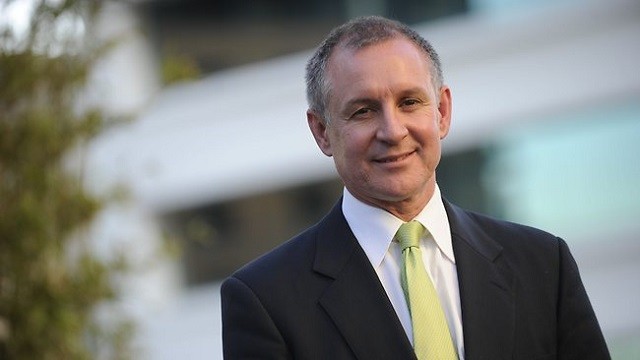A push to legalise same-sex marriage in South Australia has failed after MPs voted against legislation in State Parliament.
Labor backbencher Susan Close’s Same Sex Marriage Bill 2013 was defeated on the strength of voices in the Lower House and no division was called.
Some MPs were missing from the chamber.
However, the issue will remain on Parliament’s agenda as Greens MLC Tammy Franks introduced an identical Bill to the Upper House last night.
During debate in the Lower House today Premier Jay Weatherill told Parliament same sex marriage should be legalised to ensure the institution of marriage remains relevant to contemporary society.
Opposition Leader Steven Marshall confirmed his party would not allow Liberal MPs a conscience vote on the issue today because the party believed it was unconstitutional, virtually guaranteeing the Bill will not garner the numbers to proceed.
Labor MPs will be allowed a conscience vote.
About 19 Lower House MPs are on record as supporting same sex marriage, however some of those Liberal MPs are speaking against the Bill today on the basis that it is an area to be covered by federal law.
Mr Weatherill opened debate by saying legalising gay marriage was not “empty symbolism” and was important to those people who wanted to make a public statement about the “depth” of their commitment to one another.
He said the barriers to same-sex marriage were “a layer of discrimination that will be eventually removed”.
“We have a responsibility to support legislation that will make our society more inclusive and tolerant,” Mr Weatherill said.
“I see no good reason why we should not act.
“In practical terms what evidence is there that this change will have adverse consequences for our society?
“The alternative is to allow the tides of history to continue to wash away its (marriage’s) relevance to contemporary society.”
Some MPs voiced concerns a state gay marriage law would face a costly High Court challenge.
Former Opposition Leader Isobel Redmond said she supported same sex marriage and wanted it legalised at a federal level.
“I indeed believe that it will come,” she said.
“I absolutely … want the Federal Government to legislate to recognise same-sex marriage in this country.”
However she would not support the state Bill which was “nothing but an attempt to politicise something which can’t be decided by this Parliament”.
A NSW parliamentary committee is expected to deliver its final report on an inquiry into whether states have the right to legislate over marriage on Friday or Monday.
Marriage equality advocates and Greens MPs have called on the government not to force a premature vote.
Opposition Deputy Leader Vickie Chapman suggested it was the “tactic of the government to present this bill in the full knowledge that it would fail”.
“They’re too scared to await the determination of the NSW inquiry which is just a day away which could either provide some fulsome support or confirm to the state Labor party that they’re simply on the wrong track,” she said.
Former Speaker and rural Labor MP Lynn Breuer said it was hypocritical to hide behind a constitutional argument in opposing the Bill.
“Have the guts to stand up or your convictions,” she said.
A number of MPs on both sides of politics opposed the Bill on the grounds that a family unit, recognised in marriage, should comprise a mother and a father.
This comes as new Australian Bureau of Statistics figures show there are twice as many children living in same-sex couple families than there were in 2006.
“Most of these children (are) living in female same-sex couple families,” Assistant Director of Social and Progress Reporting Jane Griffin-Warwicke said.
In the latest census 33,700 couples reported living together in a same-sex relationship – 17,600 male couples and 16,100 female couples.
“We found that while people in same-sex couples tend to be younger than people in opposite sex couples, they also tend to have a greater age gap between partners,” Ms Griffin-Warwicke.
“In around a quarter of male same-sex couples there was an age difference of 10 or more years between the partners, compared with only 8 per cent for opposite-sex couples.
“For women in same-sex couples, 15 per cent had a similar age difference.”
Author: Lauren Novak
Publication: news.com.au
Date: 25 July 2013

